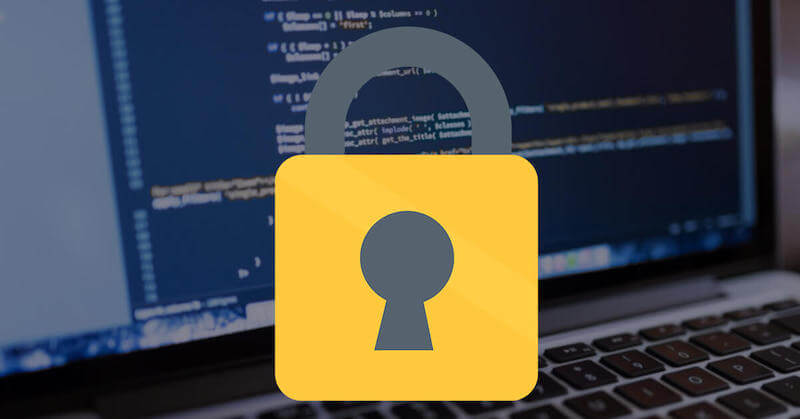How to verify your domain

Domain verification is a widely used security measure that helps protect the integrity of your brand by establishing ownership of your domain and limiting the users who can edit the way your domain is used on various platforms.
Increasingly, many platforms are requiring domain verification, especially if you are running advertising within a platform. Optional or not, domain verification is a best practice, and you should verify your domain whenever given the opportunity in platforms and tools you are using.
This article explains how to verify your domain. It covers the importance of domain verification, answers some common questions about domain verification, and provides basic domain verification instructions and links to platforms.
How to verify your domain and why it’s important.
Domain verification proves domain ownership.
For businesses that partner with agencies like Media Place Partners to execute their advertising campaigns, domain verification is crucial. Doing so allows you to designate partners within the platform you verified with, giving them the access and ability to manage your campaigns and assets.
For example, in Facebook anyone with a Facebook page can create an ad that links to your domain. This can be incredibly damaging to your brand in several ways. Domain verification with Facebook ensures that only you, your employees, and your partners have this ad link editing ability. Protecting you from misrepresentation and the spreading of misinformation about your brand.
Domain verification helps you manage tracking and conversions.
When it comes to pixel tracking and with the changes expected in the future, domain verification will play a key role in collecting and using your first party data and data within platforms. At the time of this writing, Facebook requires domain verification for configuring and prioritizing conversion events. Other platforms are following suit.
This relates directly to the changes that Apple included in iOS 14.5 called App Tracking Transparency. This update requires that a user opt-in to tracking on apps like Facebook or Pinterest. It further affects how conversions are tracked and monitored. In response, Facebook has limited the number of conversion events to eight per domain. Domain verification allows you and your designated partners more control over which of these eight events are tracked and prioritized.
In recent news, Google has announced that they will release a similar privacy update in an upcoming version of Android. For reference, a mere 21% of users have opted into App Tracking in iOS. https://www.flurry.com/blog/ios-14-5-opt-in-rate-idfa-app-tracking-transparency-weekly/
- Launch Day 11%
- May 14%
- June 16%
- July 20%
- August 21%
- September 21%
Common domain verification questions
Do I have to verify my domain with different providers?
Yes. Each platform or service requires that you verify with them individually. The HTML file, Meta tag, or DNS txt record you use with Facebook can’t be used for Pinterest or Mailchimp and vice versa.
Can I remove domain verification HTML files, Meta tags, and DNS txt records once verification is complete?
No. We recommend that you leave them in place. Google specifically may go back and periodically recheck your verification. If you have removed the files, tags, or records the verification will fail and you will lose some control and functionality. Other platforms may do the same periodic recheck. Your best bet is to keep all verification methods in place.
How do you verify your domain?
Typically, domain verification can be accomplished in 3 ways. We’ve ranked them from easiest to hardest.
- HTML File Upload – In this domain verification method, the platform provides you with an HTML file that you upload to the web directory of your web server. When you have done so, you request verification, and the platform will see if the file is there. If so, your domain is verified.
- Meta Tag – When using Meta tag domain verification, the platform will provide you with a meta tag that contains a verification code. You will place this tag in the header of your homepage near the other meta tags. Once you have done so, you request verification. The platform then checks to see if the meta tag exists. If so, your domain is verified.
- DNS Verification – When using DNS domain verification, the platform will provide you with a DNS txt record. You will add this record to your DNS record at your domain registrar. Once you have done so, you request verification. The platform then checks to see if the record is in your DNS record. If so, your domain is verified. One important note about DNS verification: it can take up to 72 hours before your DNS record is updated. The other two verification options are nearly instantaneous, DNS verification is typically not.
Each platform may have different instructions for verifying domains. Rather than include them directly on this page, we’re providing links to the instructions at the platforms themselves. This allows for us to present the most up to date information possible.
How to verify your domain in specific platforms:
- Facebook – https://www.facebook.com/business/help/286768115176155?id=199156230960298
- Pinterest – https://help.pinterest.com/en/business/article/claim-your-website
- Mailchimp – https://mailchimp.com/help/verify-a-domain/
- Google Search Console – https://support.google.com/webmasters/answer/9008080?hl=en
- Google Workspace – https://support.google.com/a/answer/60216?hl=en
Domain verification wrap up
Domain verification is a critical component of managing your business across various platforms. Apple’s privacy update and the forthcoming Android privacy update will make it even more important.
Do you need help verifying your domain with a platform? Media Place Partners has experts ready to assist you. Contact us today.


